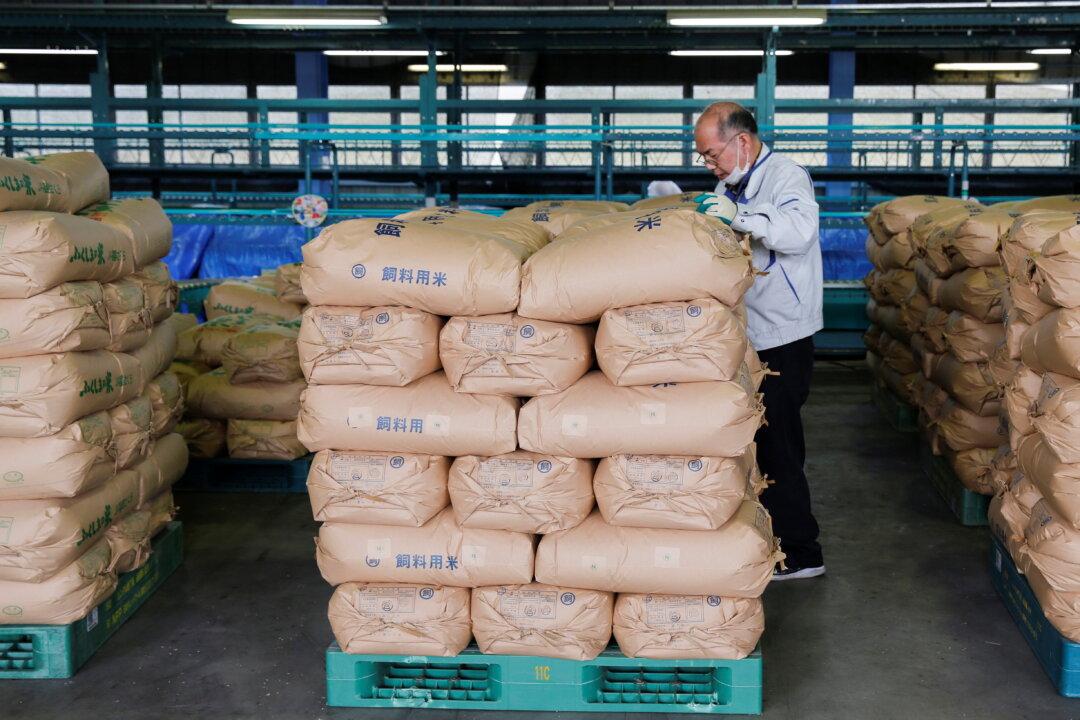The British government is soliciting public opinions on lifting Japanese food imports restrictions that have been in place since the Fukushima incident in March 2011, as part of the process to ease the curbs, which are likely to take effect next spring.
Britain’s Food Standards Agency (FSA) has concluded that the removal of import requirements—a limit of 100 becquerels per kilogram on radioactive cesium in Japanese food—would result in “a negligible increase” in the risk to UK consumers, according to its assessment report released on Friday.





